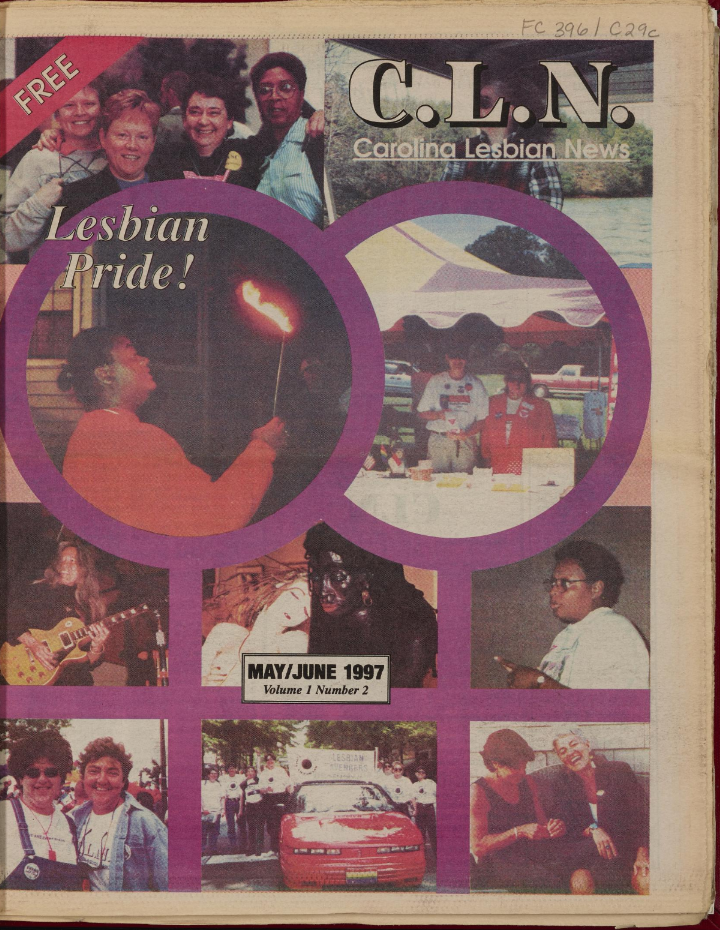
Thanks to our fantastic partners at the University of North Carolina at Charlotte, DigitalNC is proud to announce the digital debut of a brand new newspaper title— Carolina Lesbian News (Charlotte, N.C.)! Initially based in Charlotte, this bimonthly paper served North Carolina’s queer community interests, with a special focus on the lesbian community. Each issue has an impressive amount of depth and coverage, averaging around twenty full sized pages for each edition. This collection ranges from the initial issue published in 1997 to 1999, and totals a tidy sixteen issues.
The period covered in these issues was one of political and social change. Violence and discrimination against lesbians is often examined in these pages, but are counterbalanced by narratives of hope, activism, and community-building. Carolina Lesbian News was established to connect members of the community, who often felt isolated or alienated. Each issue gave space to a Lesbian Resource Directory, which provided information on local social events, LGBT-friendly businesses, and numbers for hotlines and networking groups. An indefatigable hope runs through the paper: progress and recognition was achieved through activist efforts recorded in the paper, and later issues proudly announce federal recognition of Pride Month in June, 1999.
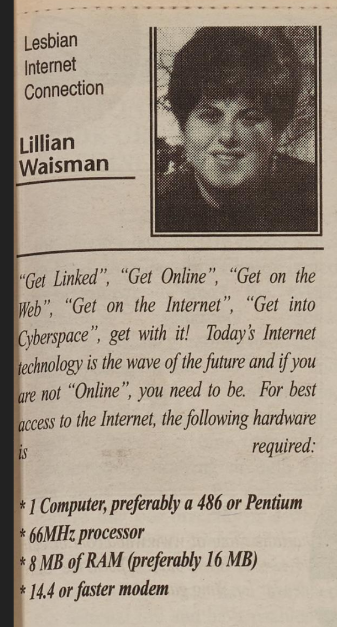
The collections’ origins in the late nineties also provide a unique glimpse into how community groups communicated and supported each other at the advent of the digital age. At the start of the publication’s run, an editorial claims the paper was established as a reaction to other traditional lesbian spaces and publications diminishing. Access to community resources often relied on information found in the newspaper, such as phone numbers for organizations, an updated and reliable social calendar, and even just the presence of words of other like-minded individuals. While many modes of support have since been replaced by the Internet, there’s something unique and personal about this period of community. Many of the same authors return to the paper with each issue, local businesses become familiar when they continue to voice their support, and a wide range of lesbian life is explored in each issue: from new music releases to poetry to cartoons to spirituality. Each page is both a conversation and a celebration of the lesbian experience, grounded in a moment both distant and familiar.
You can find each new issue of the Carolina Lesbian News online now on DigitalNC here.
Thanks once again to our fantastic partners at the University of North Carolina at Charlotte for making this collection available online. If you’d like to see more records contributed by UNC Charlotte, you can visit their partner page on DigitalNC here, or explore the university’s website online here.
Interested in exploring more records related to North Carolina’s LGBT+ community? Try exploring our collection of Community Connections, an LGBT+ newspaper published in Asheville from 1987 to 2003.
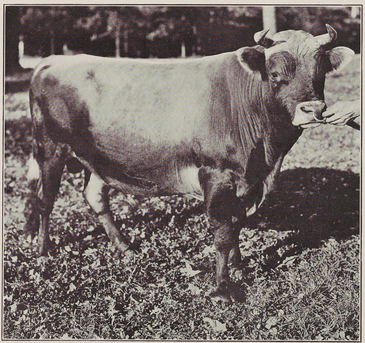


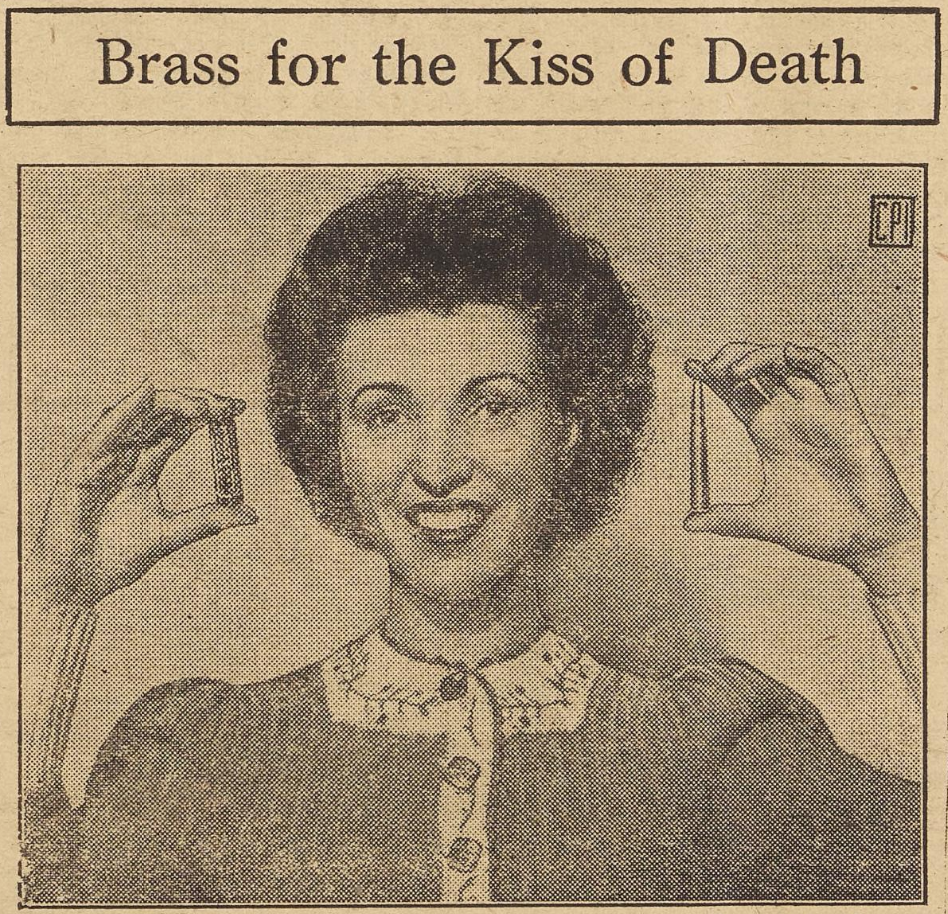

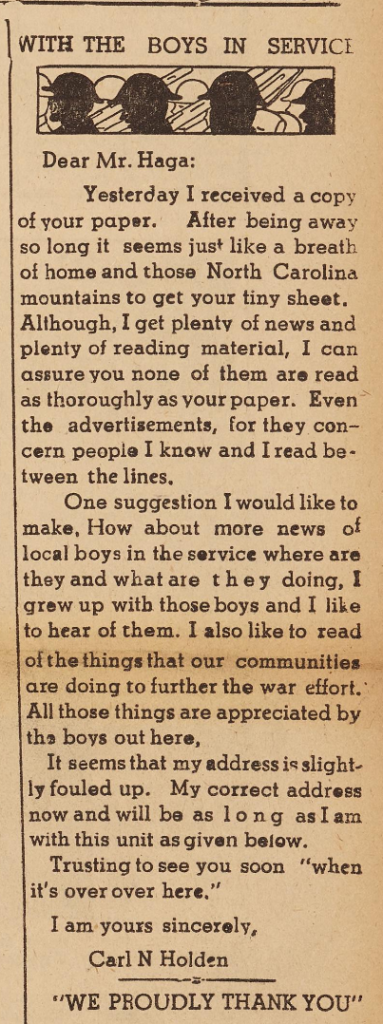
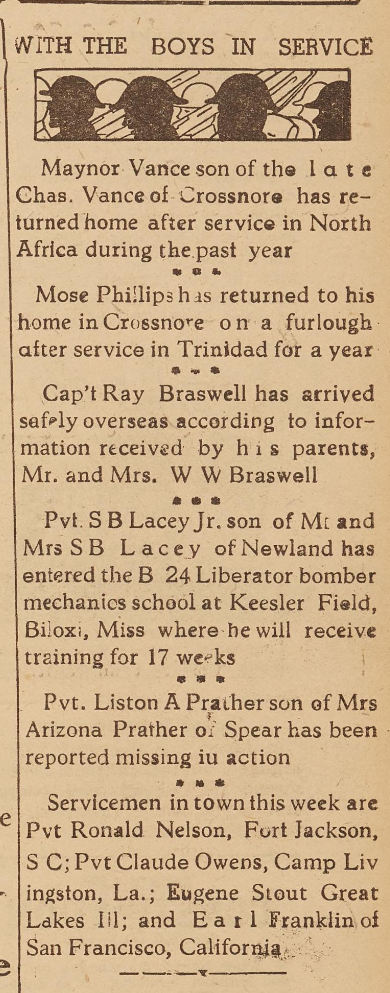

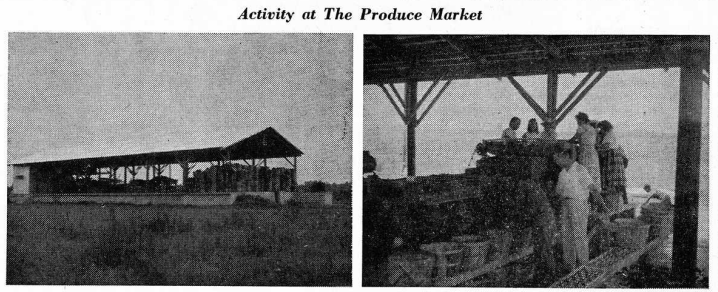

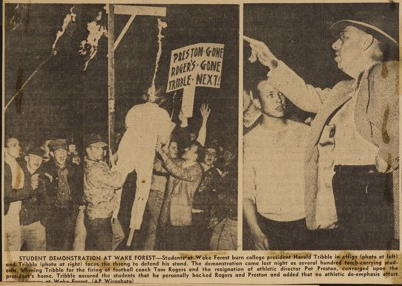
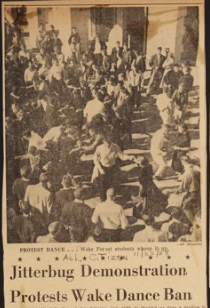


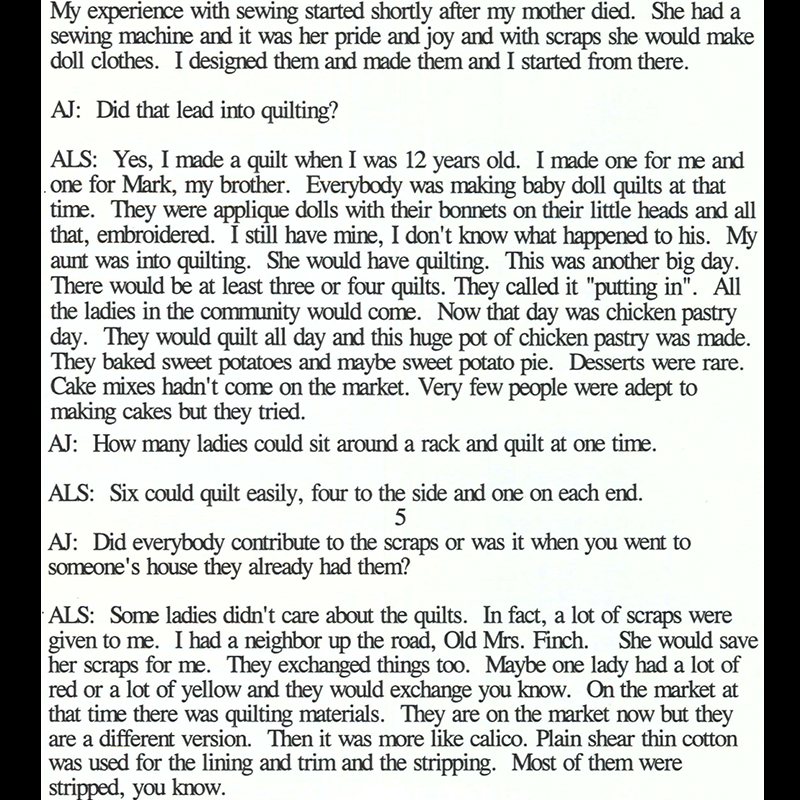
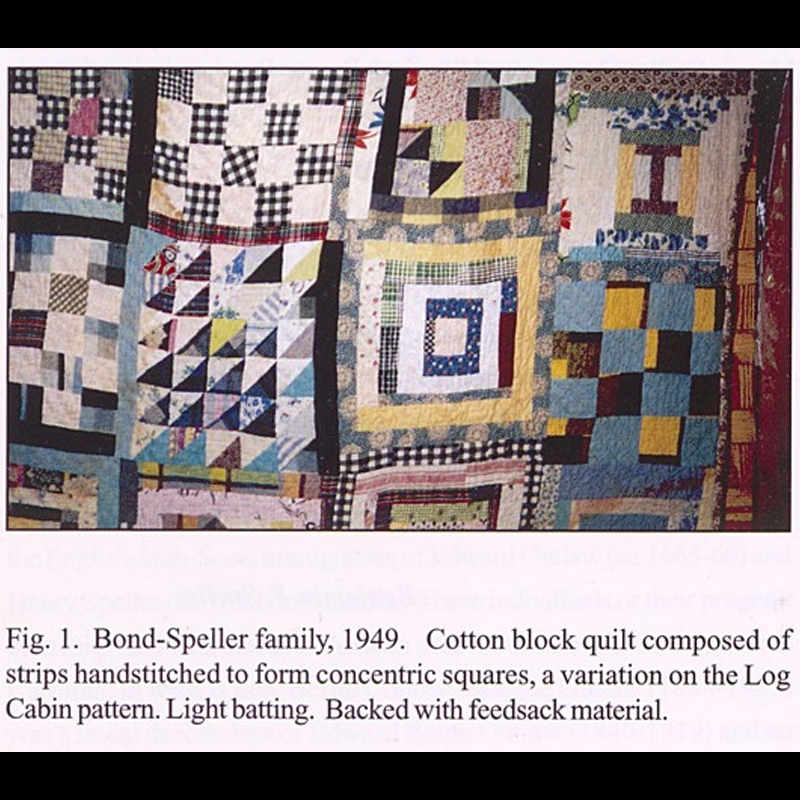
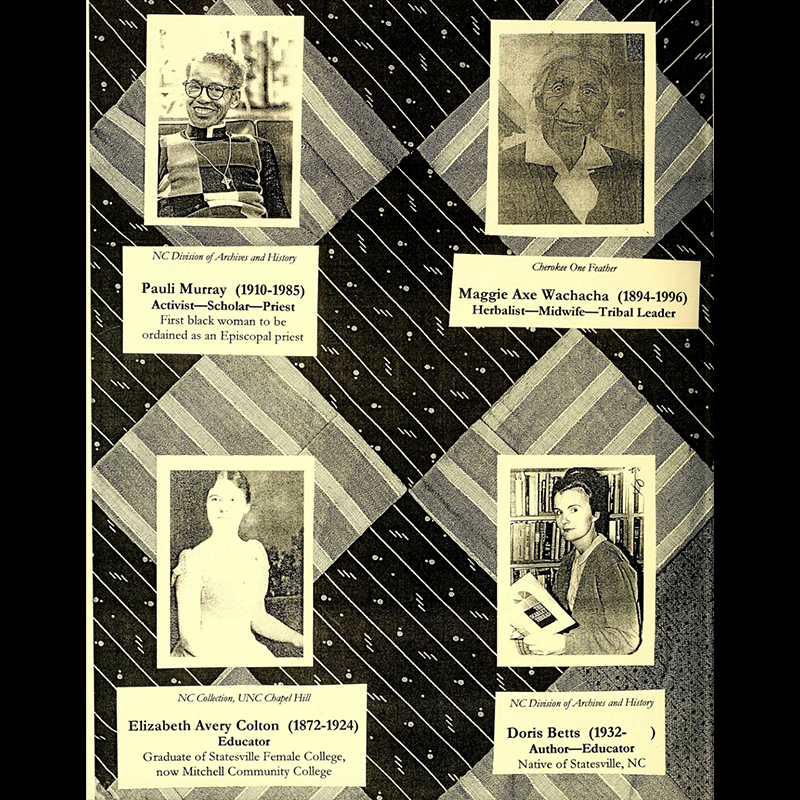

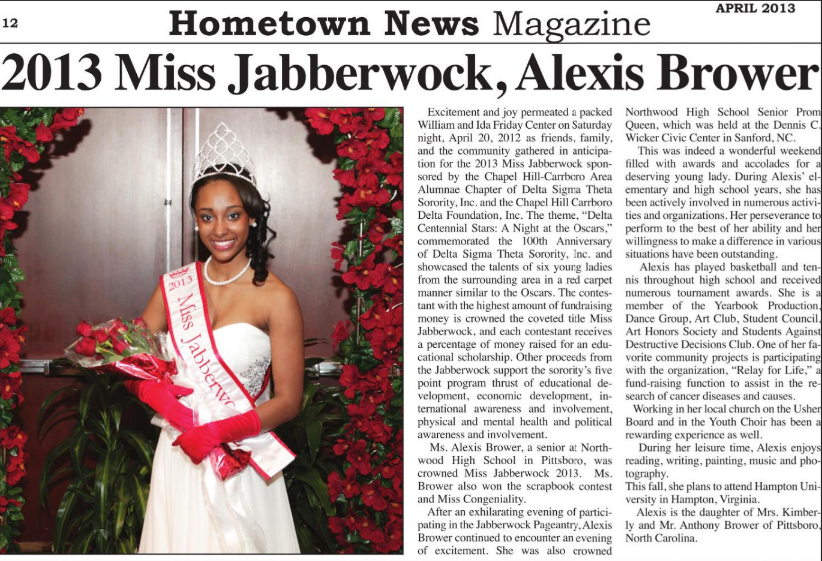
![Front cover of the Edentonian [1953]. The cover is a forest green color and includes the title "Edentonian '53" in white text. An image of a ship is embossed on the lower right quarter of the cover.](https://www.digitalnc.org/wp-content/uploads/2025/03/edentonian195300eden_0001-763x1024.jpg)
![Front cover of the Edentonian [1954]. The light blue cover features a white banner that showcases the title "The Edentonian" in dark blue text. The right side of the yearbook cover also features a white embossed illustration of two graduates.](https://www.digitalnc.org/wp-content/uploads/2025/03/edentonian195400eden_0001-718x1024.jpg)
![Front cover of the Edentonian [1955]. The dark red cover contains minimal geometric lines embossed along the left hand and bottom edges to create a border-like design. The title "The Edentonian" is written in black text, underneath a decorative "E" encased in a black oval.](https://www.digitalnc.org/wp-content/uploads/2025/03/edentonian195500eden_0001-736x1024.jpg)
![Front cover of the Edentonian [1956]. This black yearbook cover features the title "The Edentonian" prominently featured near the bottom of the cover in a white, decorative script. Two figures wearing graduation attire are embossed in front of an additionally embossed calendar circle.](https://www.digitalnc.org/wp-content/uploads/2025/03/edentonian195600eden_0001-724x1024.jpg)
![Front cover of the Edentonian [1957]. This metallic, champagne colored yearbook features the title "The Edentonian" written in red text across the bottom of the cover. Embossed in the upper-middle of the cover is graduation cap and diploma inside of a compass shape. Underneath the compass shape are three embossed books.](https://www.digitalnc.org/wp-content/uploads/2025/03/edentonian195700eden_0001-732x1024.jpg)
![Front cover of the Edentonian [1958]. The title "The 1958 Edentonian" is written in black font near the bottom of this yearbook cover. This text is written over a black-and-white image of a high school brick building, which serves as the background for the entire cover.](https://www.digitalnc.org/wp-content/uploads/2025/03/edentonian195800eden_0001-723x1024.jpg)
![A dedication page in The Breezes [1965], which features a large black-and-white illustration of a ship at sea.](https://www.digitalnc.org/wp-content/uploads/2025/03/breezes196500blow_0006-1-723x1024.jpg)
![The cover of The Breezes [1965]. This image shows a dark green cover, featuring "1965" embossed down the left side and "The Breezes" written in white text across the bottom half of the cover. The rest of the cover features a ship at sea that is illustrated in white.](https://www.digitalnc.org/wp-content/uploads/2025/03/breezes196500blow_0001-1-734x1024.jpg)
![The title page for the Senior section of The Breezes [1965]. Amongst diagonal font that reads "Seniors of 1965" and the quote "Anchors Aweigh", are three black-and-white anchors that are illustrated across the page.](https://www.digitalnc.org/wp-content/uploads/2025/03/breezes196500blow_0009-750x1024.jpg)
